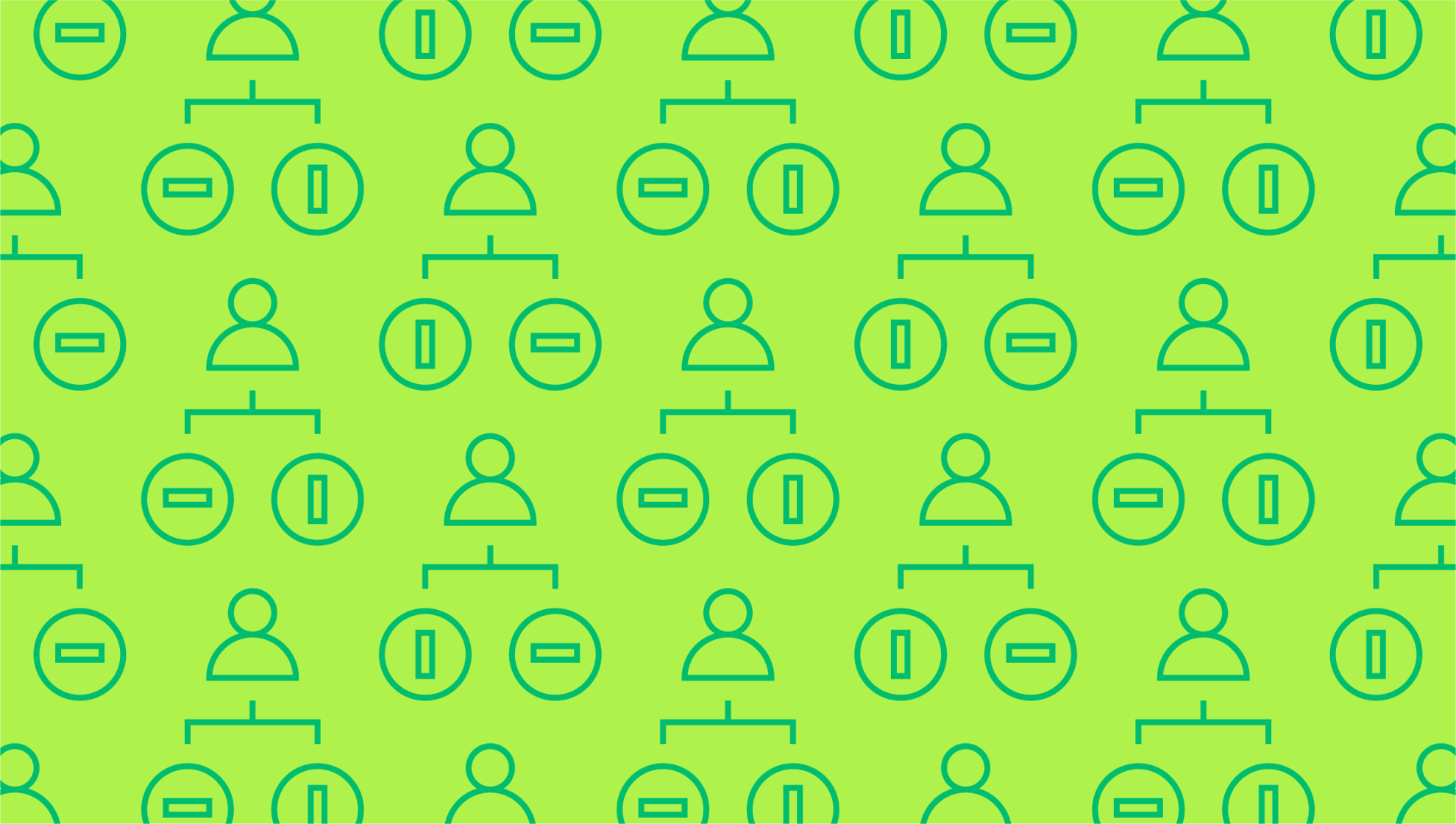
What are the major types of B2C ecommerce payment systems?
Last editedJul 20233 min read
By 2026, it’s estimated that 24% of all retail sales worldwide will be made online. Once a trendy buzzword, ecommerce is now squarely mainstream. For B2C businesses, this means it’s important to focus on providing a seamless online shopping experience, extending through to checkout. So, what are the major types of B2C ecommerce payment systems, and which is right for you? Let’s go through the options.
What is the difference between B2B and B2C payment systems?
To get started, it’s helpful to distinguish the similarities and differences between B2B and B2C payment systems. The main difference is the buyer or target audience. With B2B commerce, the business sells directly to another business. With B2C commerce, the business sells to consumers.
Different buyers create the need for different payment systems. B2B transactions tend to be larger, both in volume and value, than B2C ecommerce transactions. This creates the need for a secure payment system that can handle large sums of money, such as wire transfers. By contrast, a smaller B2C sale can be covered with a debit or credit card. B2B transactions also tend to recur at a higher frequency, with business purchasing supplies or operational resources. Another major difference is the timing of payments. With B2C payments, the customer typically pays at the time of purchase. With B2B payments, the supplier sends an invoice requesting payment after goods are delivered.
Main types of B2C payment methods
B2C transactions tend to be smaller, both in terms of scale and frequency, than B2B transactions. Keeping that in mind, here are the main types of B2C payment systems.
Credit and debit cards – By integrating a payment gateway into your ecommerce site, you can accept card payments from customers. This remains one of the most popular payment methods for B2C sales.
Digital wallets – The customer can store a variety of different credit cards and bank account numbers within an online wallet. This means they don’t need to key in the information every time they make a payment. They simply create a profile for the wallet online and then choose the preferred payment method. Examples include services like PayPal, Apple Pay, and Google Pay. Amazon Pay is another option - Amazon members can log into their account to use stored payment information to complete the ecommerce transaction.
Bank transfers – Also known as electronic funds transfers or direct debit payments, these payment systems allow customers to complete checkout by transferring money from their bank account to the retailer’s bank account. Payment might be initiated at the business or customer’s request.
Mobile payments – With this ecommerce payment method, the customer sends a payment request to the service provider via text. A linked card or bank account is then charged to complete checkout.
BNPL – Buy now pay later services like Klarna and Afterpay are a rapidly growing type of B2C ecommerce payment system. They let your customer complete the checkout to receive their goods or services up front. They’ll then be able to pay off the purchase to the BNPL provider through a series of interest-free installments.
How to choose the best B2C payment system for ecommerce
From cards to BNPL, there’s a wide range of B2C payment systems out there – so which is best for your ecommerce business? Here are a few questions to ask as you compare your options.
What do your customers prefer? Payment preferences vary by demographic. For example, older customers prefer traditional payment methods like credit cards, while Gen Z buyers prefer alternative digital payment methods and apps. What’s the standard for your market?
What are the fees involved? Some payment systems cost more than others. You’ll pay higher fees for taking card payments due to per-transaction costs.
Is the payment system secure? Online security is extremely important to build loyalty and protect your business from fraud. Look for payment methods that involve encryption, built-in fraud detection, and two-factor authentication at minimum.
Is it compatible with your platform? Whether you use a headless ecommerce platform or all-in-one traditional service, you need a payment system that fits right in.
GoCardless integrates with over 300 partners, including top billing and invoicing software. This helps streamline your ecommerce workflow for secure, efficient B2C payment collection. Collect one-off and recurring payments directly from your customer bank accounts with full authorization. We also offer high-converting payment pages to help you get set up with a system that works for you.
We can help
GoCardless is a global payments solution that helps you automate payment collection, cutting down on the amount of financial admin your team needs to deal with. Find out how GoCardless can help you with one-off or recurring payments.
